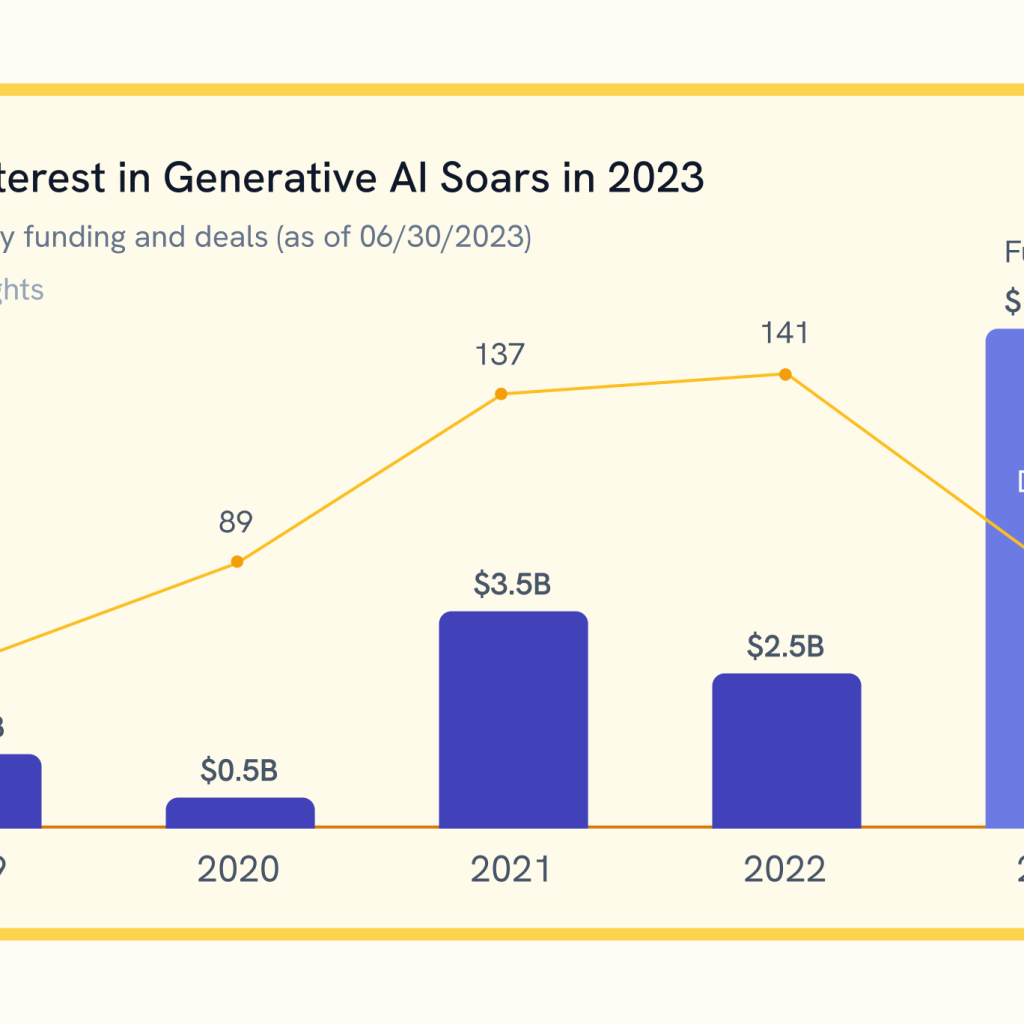Microsoft has taken a significant leap forward in the field of artificial intelligence with the unveiling of a suite of four cutting-edge AI compilers—Rammer, Roller, Welder, and Grinder. These powerful tools are set to revolutionize the way AI models are optimized, making development faster, better, and more powerful.
A collaborative endeavor with academic institutions
Developed by Microsoft Research in collaboration with leading academic institutions, these compilers represent a pinnacle achievement in the realm of AI compilation. They excel in transforming human-readable source code into machine code—a string of ones and zeroes that a computer can execute efficiently. The ultimate goal is to enhance the performance of mainstream AI models when running on hardware accelerators like GPUs.
In a blog post by Microsoft Research, the company underscores the extensive research and development invested in these compilers. Jilong Xue, Principal Researcher at MSR Asia, highlights their potential impact, saying, “The AI compilers we developed have demonstrated a substantial improvement in AI compilation efficiency, thereby facilitating the training and deployment of AI models.”
The four pillars of AI compilation
Each of the four new compilers addresses distinct challenges in optimizing AI workloads, promising groundbreaking advancements in the field.
1. Rammer: Maximizing hardware parallelism
– Rammer focuses on maximizing hardware parallelism, a crucial factor in performance. It achieves this by minimizing runtime scheduling overhead and optimizing the utilization of parallel resources. Testing revealed Rammer’s superiority, surpassing other compilers by up to 20x on GPUs.
2. Roller: Accelerating compilation
– Roller employs a fast construction algorithm to expedite compilation. It streamlines the design process, enabling the generation of optimized kernels in seconds, a significant reduction from the hours typically required. Roller not only matches but often exceeds state-of-the-art performance.
3. Welder: Enhancing memory efficiency
– Welder tackles memory access traffic, reducing expenses by connecting operators in a concentrated pipeline. It unifies memory optimizations into a single framework for greater efficiency. Welder surpassed frameworks like PyTorch by up to 21x on GPUs.
4. Grinder: Optimizing control-flow execution
– Grinder is designed to optimize control-flow execution on accelerators by integrating it with data flow. This innovative approach allows optimization across control flow boundaries, similar to an expert guiding an apprentice to work faster. Grinder accelerates models with control flow by up to 8x.
Microsoft’s ongoing leadership in AI advancements
Microsoft has long been at the forefront of AI advancements. Collaborations with AI research firm OpenAI have led to breakthroughs like GPT-3.5 and GPT-4, powering solutions such as ChatGPT and Bing Chat. Additionally, the partnership with Meta integrated LLaMA-2 into Microsoft’s cloud computing offerings. The company has also introduced the Algorithm of Thoughts to enhance reasoning in models like ChatGPT.
Outperforming existing solutions
In rigorous testing, Microsoft’s compilers outperformed existing solutions across multiple benchmarks. Rammer stood out by exceeding other compilers by up to 20x on GPUs. Roller not only matched but often exceeded state-of-the-art performance, drastically reducing compilation times. Welder demonstrated its prowess by surpassing frameworks like PyTorch by up to 21x on GPUs. Grinder excelled in accelerating models with control flow by up to 8x.
The introduction of Rammer, Roller, Welder, and Grinder underscores Microsoft’s commitment to advancing AI systems. While high-profile partnerships like the one with OpenAI garner headlines, the company also actively develops critical software infrastructure to empower AI behind the scenes.
With substantial performance gains over existing solutions, these compilers promise to provide key competitive advantages as AI workloads become increasingly complex. Microsoft’s “Heavy Metal Quartet” represents a significant milestone in the journey towards more efficient, powerful, and accessible artificial intelligence.





